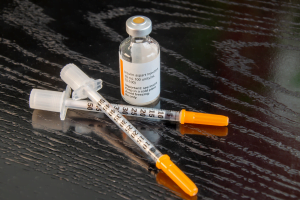When it comes to managing type 2 diabetes mellitus (T2DM), the choice of medication can vary significantly based on the presence of comorbid conditions such as heart failure. This article examines the use of Jardiance and Metformin in different patient populations to provide a clear understanding of their optimal application.
T2DM Without Heart Failure
For patients with T2DM who do not have heart failure, Metformin is the preferred medication. In these cases, Jardiance is unlikely to be included in the treatment plan. Metformin’s efficacy in controlling blood glucose levels and its safety profile make it the first-line treatment for such patients.
T2DM With Heart Failure
For patients with T2DM and heart failure, the treatment strategy changes. Jardiance is typically initiated first. After the patient has acclimated to Jardiance for about two months, blood work is analyzed to determine the appropriate dosage of Metformin, if it is needed at all. Jardiance is titrated up initially, and Metformin may be introduced and titrated secondarily based on the patient’s blood work results.
Understanding the Rationale
The primary goal in treating patients with heart failure is to maintain a balance in blood volume. Too little volume results in low blood pressure, which can lead to insufficient oxygen delivery to tissues. Conversely, too much volume causes high blood pressure, which can result in long-term organ damage. In heart failure, there is often excessive volume in the blood vessels. SGLT2 inhibitors like Jardiance help restore this balance by reducing the volume, thus achieving an optimal equilibrium.
In patients with T2DM who do not have heart failure, blood volume can vary unpredictably based on factors like hydration and urination. Initiating an SGLT2 inhibitor in these patients can be challenging because it might tip the balance from normal blood volume (euvolemia) to low blood volume (hypovolemia), leading to contraction alkalosis, an undesirable outcome.
Conclusion
The question of whether Jardiance is better than Metformin is not straightforward and depends on the patient’s comorbidities. While Jardiance may be beneficial for patients with T2DM and heart failure, it may not be suitable for those without heart failure. Therefore, the choice of medication must be tailored to the individual patient’s needs and medical conditions.
In summary, understanding the treatment populations and their specific comorbidities is crucial in determining the appropriate use of Jardiance and Metformin. This nuanced approach ensures that patients receive the most effective and safe treatment for their condition.







